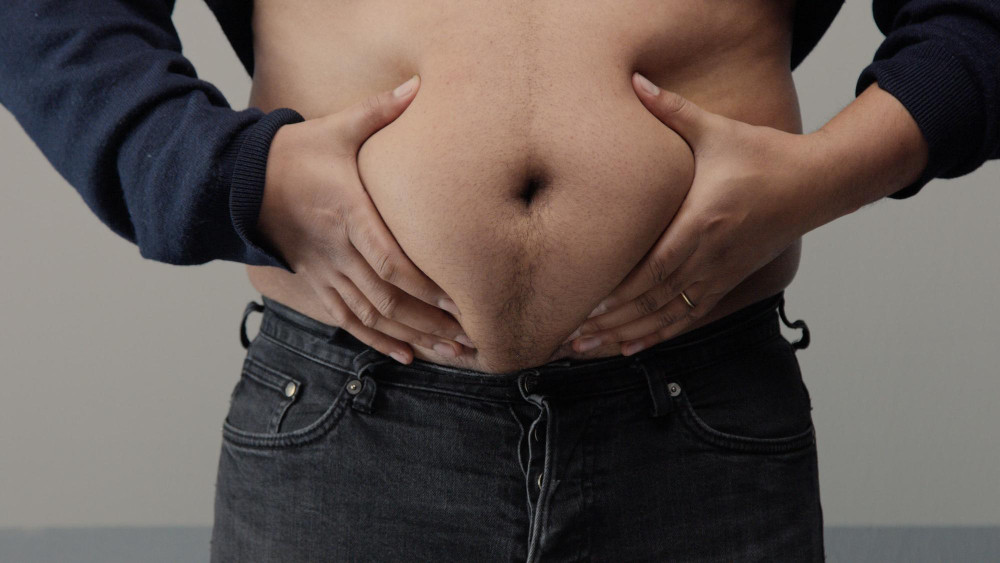Measuring your waist circumference is one method for determining if you have excess body fat. Knowing your waist circumference is critical because the more fat accumulates around your waist and abdomen, the greater your risk of chronic disease. How can you accurately measure your waist circumference? Let us find out in the following article!
How to measure your waist circumference
Waist circumference can indicate whether your body has accumulated abdominal fat. Abdominal fat can also be an indication of obesity. Additionally, waist circumference reflects the fat accumulation around vital organs such as the heart, kidneys, and other digestive system organs.
Men and women have different benchmarks for waist circumference. Ideally, waist circumference should be less than the following:
- Men: 90 cm
- Women: 80 cm
If your waist circumference measures 102 cm for men and 88 cm for women, your risk of developing chronic diseases increases, necessitating a doctor's examination.
To measure your waist circumference, you can follow these steps:
- Prepare a measuring tape
- Place the measuring tape around your waist, level with your navel
- Do not pull the tape too tight or leave it too loose
- Breathe normally, and take the measurement at the end of a normal breath
- Read the number where the tape meets the zero mark
Relationship between waist circumference and health
Waist circumference is often linked to health issues. Measuring waist circumference can be an indicator of the risk of several chronic diseases, such as:
- Type 2 diabetes
- Heart disease
- Cancer
- Stroke
- Death
- Inflammation
Fat accumulation around the abdomen and waist increases the risk of inflammation. Research shows that inflammation is a contributing factor to various health issues like arthritis, Alzheimer's disease, depression, and cardiovascular diseases.
How to reduce waist circumference
Even if you are not obese, you should keep track of your waist fat. If your waist circumference is above the safe limit, here are some ways to reduce it:
Adjust your diet
Choose healthy and varied foods rich in soluble fiber, such as fruits and vegetables. Avoid refined carbohydrates like sugar, processed foods, and foods high in salt. Salt retains water, which can cause your waist to swell.
Lifestyle changes
Daily habits also affect your waist. Increasing physical activity and exercises like walking can help burn fat and lose weight faster. Replacing sweet coffee with unsweetened green tea can help improve circulation and boost metabolism, promoting fat burning.
Manage stress well
Stress triggers the release of stress hormones that promote abdominal fat storage. Managing stress effectively can help relax your body and reduce waist circumference.
Exercise
Certain types of exercise can help reduce waist fat, such as:
- Yoga
- Planks
- Aerobics
- HIIT (High-Intensity Interval Training)
- Strength training
Exercise for at least 30–40 minutes per day, five days a week. Exercise not only helps burn fat but also improves blood circulation, making your body feel fitter and minimizing the risk of heart disease.
Get enough sleep
Sleep deprivation is often associated with obesity. Adults should aim for 7-9 hours of sleep per day. Lack of sleep or excessive sleep is often linked to increased visceral fat accumulation and a higher risk of chronic diseases.
If you need medical advice or consultation, you can either visit a doctor or make use of the consultation features that are available in the Ai Care application by downloading the Ai Care application from the App Store or Play Store.
Looking for more tips and health tricks, first aid, and home remedies? Click here!
- dr Nadia Opmalina
WebMD Editorial Contributors. (2023). How to Measure Your Waist. Available from: https://www.webmd.com/diet/calculating-your-waist-circumference
Leonard, J (2020). How to measure your waist: Health and waistline size. Available from: https://www.medicalnewstoday.com/articles/how-to-measure-your-waist
Heart Foundation. How your waist measurement contributes to your heart health. Available from: https://www.heartfoundation.org.au/your-heart/waist-measurement
LeWine, H. (2021). What are the best ways to trim my waist?. Available from: https://www.health.harvard.edu/staying-healthy/what-are-the-best-ways-to-trim-my-waist












